History and review of Leica cameras
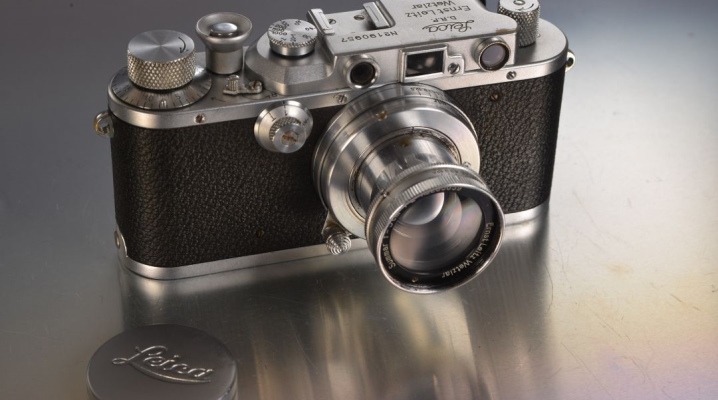
An inexperienced person in photography may think that "watering can" is some kind of contemptuous name for a camera that is not distinguished by its outstanding qualities. Anyone who is guided by the manufacturers and models of cameras will never be so wrong - for him Leica is a universally recognized brand that arouses, if not awe, then at least respect. This is one of those cameras that deserves the full attention of both amateurs and professionals.
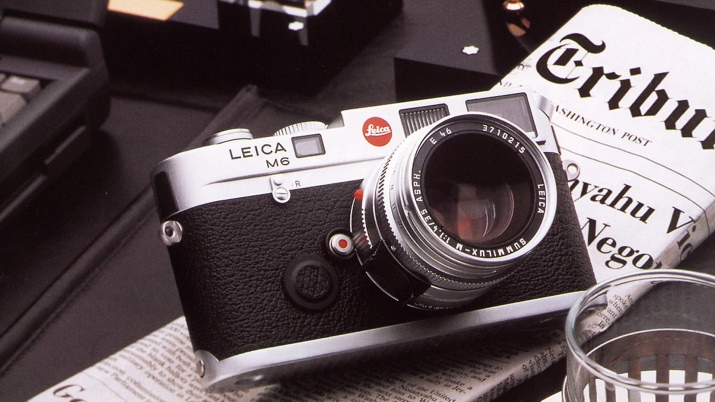
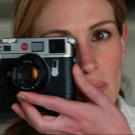
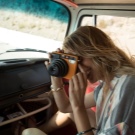
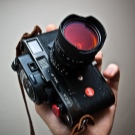
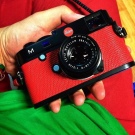

History of creation
To be successful in any industry, you have to be first. Leica did not become the first small format device, but it is the very first mass camera of a small size, that is, the manufacturer managed to establish a conveyor factory production and ensure sales at a low cost. Oscar Barnack was the author of the first prototype camera of the new brand, which appeared in 1913.
He described his brainchild simply and tastefully: "Small negatives - big photographs."

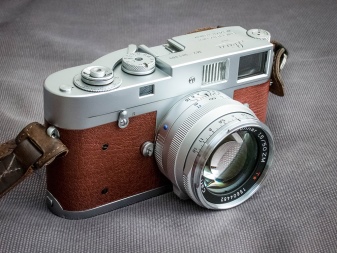
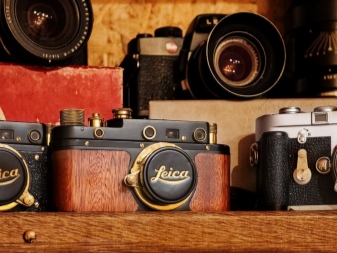
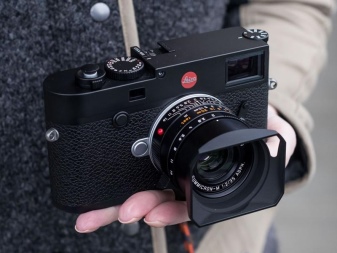
The German manufacturer could not afford to release an untested and imperfect model, so Barnack had to work very long and hard to improve his unit. Only in 1923, Barnack's boss Ernst Leitz agreed to release a new device.
It appeared on store shelves 2 years later under the name LeCa (the first letters of the chief's name), then they decided to make the trademark more harmonious - they added one letter and the serial number of the model. This is how the famous Leica I was born.
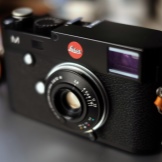

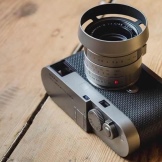
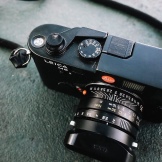
Even the initial model was a resounding success, but the creators did not rest on their laurels, but instead decided to expand the range. In 1930, the Leica Standard was released - unlike its predecessor, this camera allowed changing the lens, especially since the same manufacturer produced them himself. Another 2 years later, the Leica II appeared - a compact camera with a built-in optical rangefinder and coupled lens focusing.
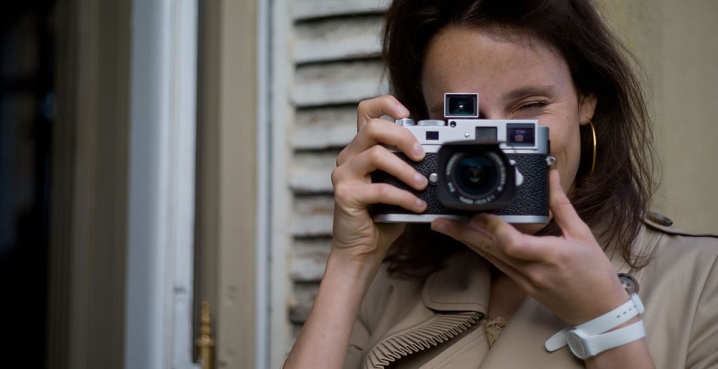
In the Soviet Union, licensed watering cans appeared almost immediately at the start of production and also became very popular. Since the beginning of 1934, the USSR began producing its own FED camera, which was an exact copy of the Leica II and was produced for two decades. Such a domestic device cost almost three times cheaper than the German original, moreover, during the Great Patriotic War, it caused much less unnecessary questions.
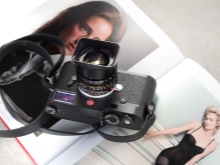
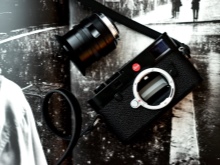
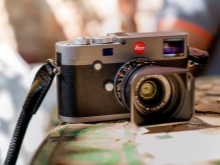
Peculiarities
Nowadays, the Leica camera hardly claims to be the leader in the field of photography, but it is an eternal classic - a model to which they are guided. Despite the fact that the release of new models continues, even the old models still provide very good shooting quality, not to mention the fact that such a vintage camera looks prestigious.
But this is not the only thing that makes the "watering cans" good. At one time, they were very highly appreciated for the thoughtful design of the assembly - the unit was light, compact and easy to operate.

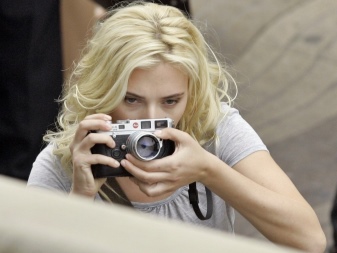
Yes, today its characteristics are already surpassed by competitors, but for a film camera it is still good, even if we are talking about the very first models. It is safe to say that the Leica was once noticeably ahead of its time, so now it does not look like an anachronism either. Unlike other cameras of that time, the shutter of the German miracle of technology practically did not click.
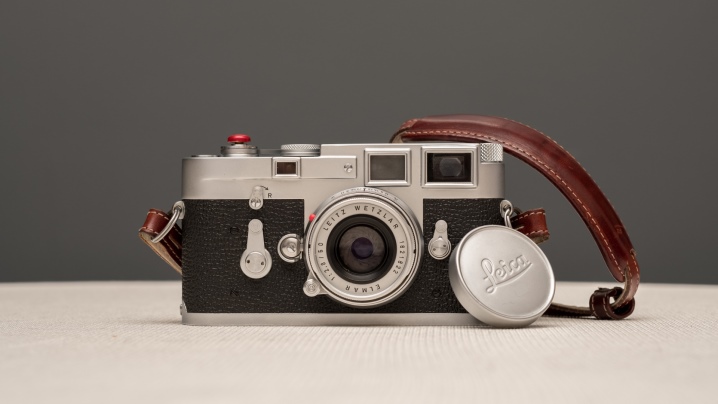
The popularity of the brand is evidenced at least by the fact that for decades in our country any small-format cameras were called “watering cans” - first, the domestic analogue of FED, and then the products of other factories. The unpretentious original showed itself perfectly during the Second World War - many photographs from the Western Front were shot by correspondents with just such a device.

After the Second World War, competitors began to show more and more activity - primarily Nikon. For this reason, the real Leica began to lose popularity and recede into the background, although photographers around the world, many decades later, considered such a unit to be a real masterpiece. Confirmation of this can be found in the same cinema, whose heroes, even in the 21st century, are very proud of the fact of possessing such equipment.
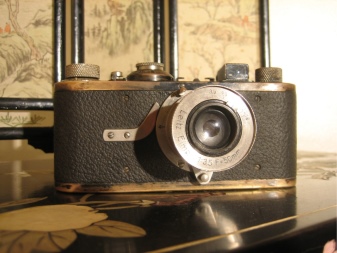

Although the golden days of Leica are long gone, it cannot be said that it has disappeared altogether and is no longer in demand. The brand exists and continues to work on new models of equipment. In 2016, the famous smartphone manufacturer Huawei boasted of cooperation with Leica - its then flagship P9 had a dual camera, released with the direct participation of the legendary company.
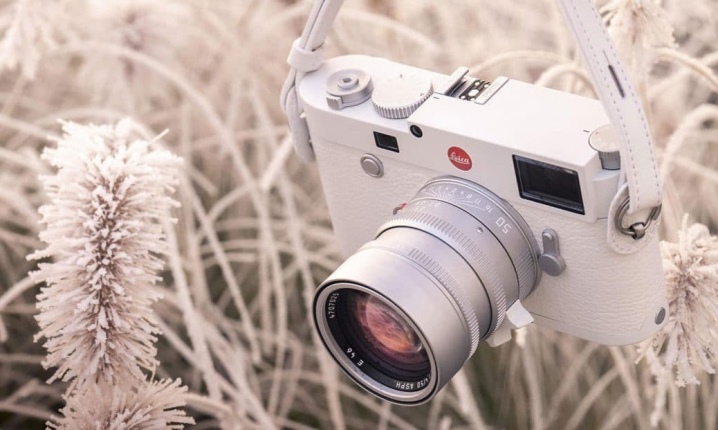
The lineup
The variety of existing models of "watering can" is such that you can choose a branded camera for yourself for any need. A complete overview of all models could stretch, therefore we will highlight only the best - relatively new promising models, as well as timeless classics.
Leica Q
A relatively new model of a compact digital camera in a “soap dish” design - with a lens that cannot be replaced. The diameter of the standard lens is 28 mm. The 24-megapixel full-frame sensor forces reviewers to compare the capabilities of this camera to the capabilities of the camera built into the iPhone.
Visually, the Q looks like a good old classic, very much reminiscent of the models of the famous M series. However, autofocus and an electronic viewfinder are present.
The designers have also noticeably lightened this model in comparison with the classics and it has become more comfortable to wear.

Leica SL
With this model, the manufacturer tried to challenge all SLR cameras - the unit is presented as a mirrorless and at the same time as a technology of the future. The device is positioned as a professional one, the creators convince a potential buyer that autofocus works here much faster than almost any competitors.
As befits a digital camera, this "watering can" not only takes photos, but also shoots video, and in the now fashionable 4K resolution. The "professionalism" of the camera lies in the fact that it instantly responds to the first call of the owner. It is compatible with over a hundred lens models from the same manufacturer. If necessary, the unit can be connected to a computer via USB 3.0 and shoot right like that.
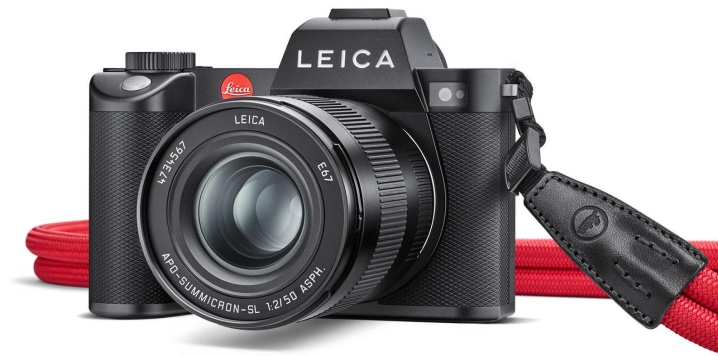
Leica CL / TL
Another series of digital models designed to prove that the Leica will still show everyone. The model has a 24-megapixel sensor, which is standard for the manufacturer. The big advantage of the series is its ability to instantly snap a bunch of frames. - the mechanics of the device are such that up to 10 pictures can be taken in a second. At the same time, autofocus does not lag behind, and all images remain clear and of high quality.
As befits a good modern unit, the representatives of the series are compatible with a huge variety of lenses for every taste. The footage captured on the camera can be almost instantly transferred to your smartphone via the special Leica FOTOS app, which means that everyone will see your masterpieces!
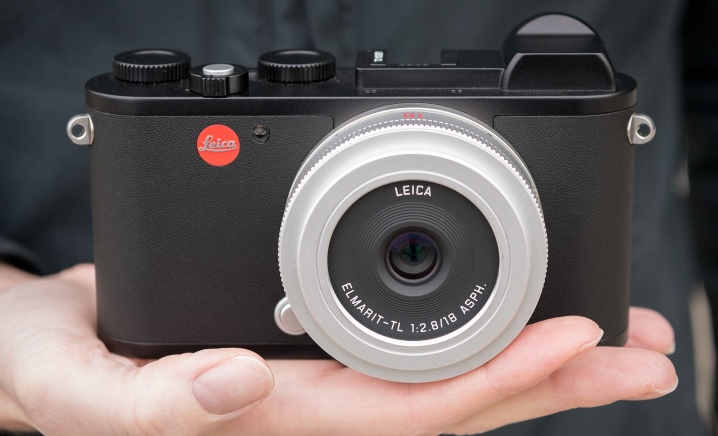
Leica Compact
This line is distinguished by relatively modest size of cameras, which could not but be reflected in its name. The digital unit has a slightly underestimated number of megapixels (20.1 megapixels), which does not prevent it from taking excellent photos with a resolution up to 6K.
The focal length of "compacts" can fluctuate within 24-75 mm, the optical zoom provided is fourfold. In terms of shooting speed, this model even surpasses many competitors from Leica itself - the manufacturer claims that the unit is capable of taking 11 frames every second.
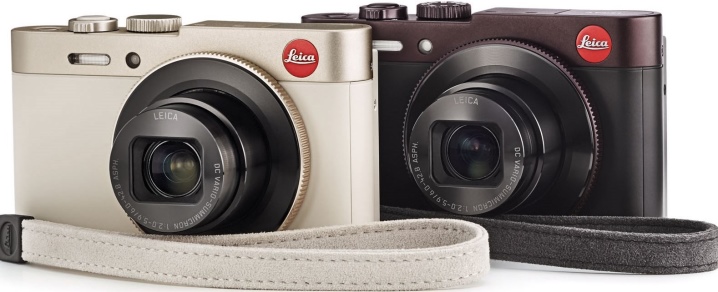
Leica M
This legendary series at one time began with film units - these are the very luxurious in their practicality and quality of the camera, which were used by the journalists of the distant past. Of course, the designers have worked hard to modernize even this series - today it consists of digital models that can compete with professional SLR cameras from leading manufacturers.
In the newest models, the designers have tried to improve the battery life of the camera. For this purpose, they used a special sensor and processor, which are characterized by increased efficiency.
Thanks to this, not even the largest (by modern standards) 1800 mAh battery is enough for a considerable time of use.
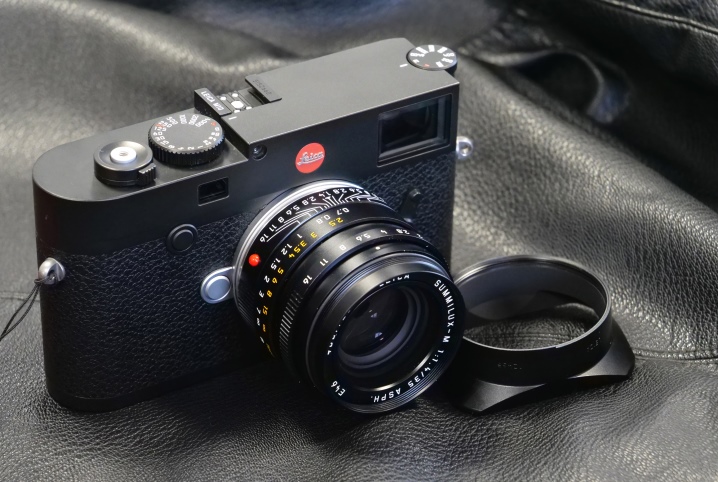
Leica S
Even against the background of other "leykas", not lagging behind the world trends, this one looks like a real "beast". This is the model for journalists working in the most intense atmosphere. The sensor and autofocus are flawless here - they are always ready to shoot. 2 GB of RAM (at the level of good laptops 10 years ago) makes it possible to take a series of 32 frames - enough to cover the most striking sports events.
For maximum practicality, all basic settings are displayed directly on the display - you can adjust to the shooting conditions almost instantly. It is a worthy choice for a modern professional of any level.
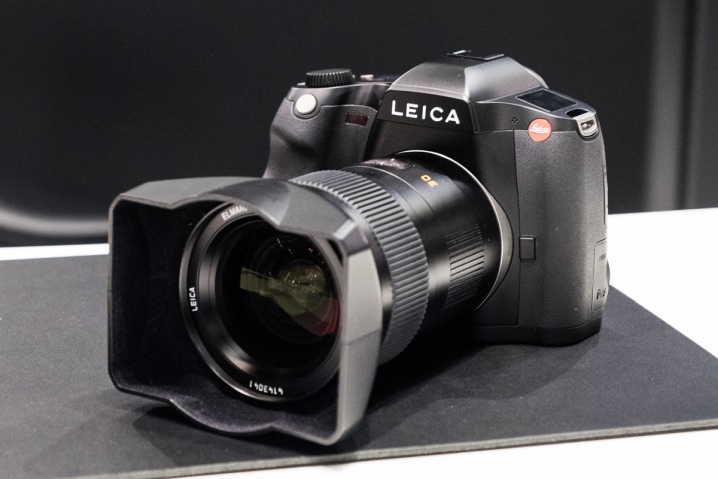
Leica X
Against the background of its colleagues, "X" looks very modest, if only because it has only 12 megapixels. knowledgeable people know that even this amount with adequate performance of the matrix is quite enough for ordinary photographs - it is only the manufacturers of smartphones, in the competitive struggle, overestimate their number, without changing the quality of the photo in any way.
The budget model does not reach the level of a professional camera, but it is one hundred percent suitable for amateur shooting.
The key feature of the model is its vintage design. - people around you may think that you, like a real bohemian, are shooting with a perfectly preserved old device. At the same time, you will have at your disposal a liquid crystal display and all those useful functions that are considered the norm in a modern camera.
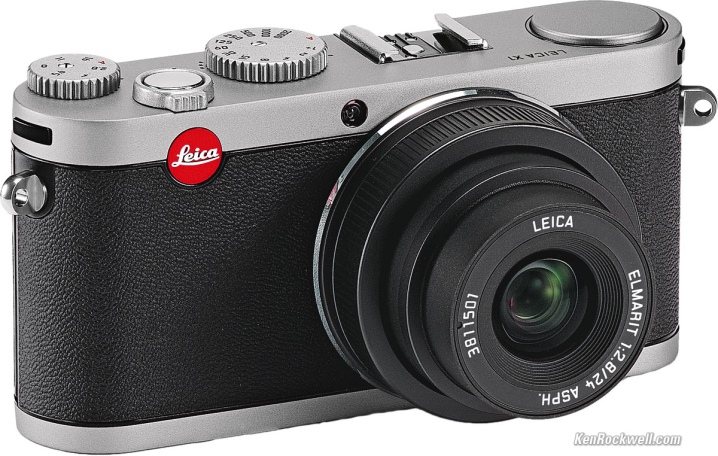
Leica Sofort
This model is so inexpensive that any photography enthusiast can afford it - and still get the level of quality typical of a watering can. This model was created by the designers with an eye to the maximum simplicity of photography. - the owner may not rummage through the settings, but simply point the lens, release the shutter and get a beautiful and bright photo.
Nevertheless, Leica would not be itself if it did not leave the consumer the opportunity to experiment with the settings on their own in order to still get some room to maneuver.
If you know in advance what exactly you will be photographing, you can tell this to your camera - it comes with several preset modes ideal for common situations... This is definitely the best solution for a beginner in the world of photography - initially trusting the automatic settings, over time he will experiment and learn to play with the picture.
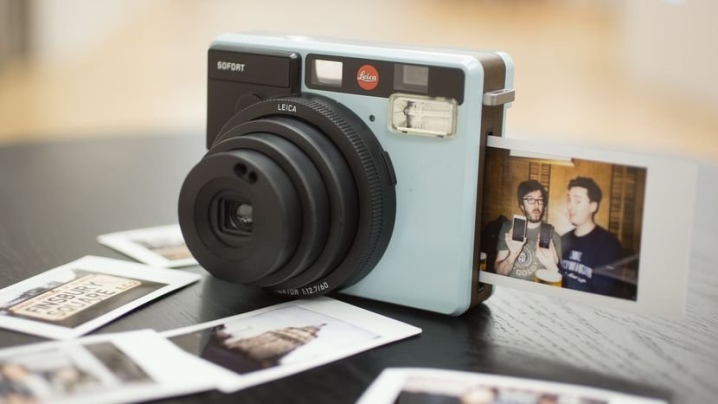
Selection Tips
The Leica brand offers a wide range of camera models for every taste - this means that every amateur and professional will find something worthy of attention for themselves, without abandoning the company they are interested in. That being said, don't blindly take the most expensive camera hoping it's the best - perhaps you don't need the features you pay for.
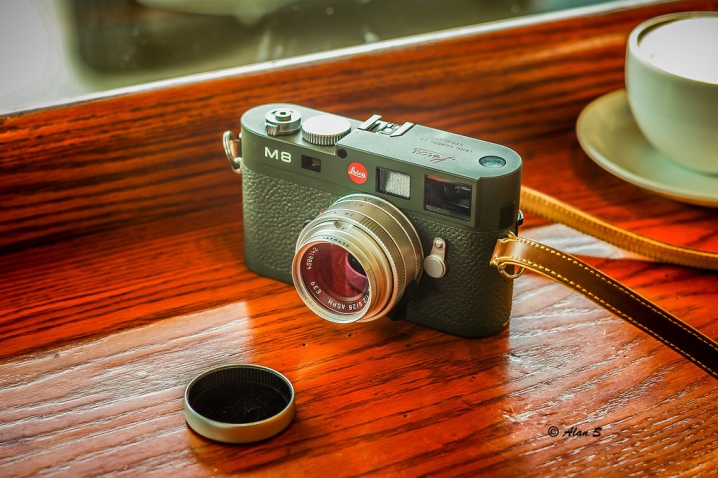
Please note the following important characteristics.
- Film and digital. The classic Leica is undoubtedly film, because then there was simply no alternative.Those who are chasing a brand for the sake of maximum vintage and the charm of antiquity should pay attention to film models, but there is one snag - the company, trying to be modern, has not produced such for a long time. This means that film proponents will have to first look for such a camera handheld and then develop the film each time. If all this is not for you and you like modern technologies with better possibilities for adjusting the camera, then, of course, pay attention to the new models.
- Camera type. For some reason "Leica" does not like "DSLRs" - at least there are none among its top models. Relatively inexpensive brand products belong to compact cameras, and there is even a line called Compact. These are the very "soap boxes" that are sharpened for automatic adjustment and instant photographing - they will definitely appeal to beginners. At the same time, the company never refuses to provide the consumer with the opportunity to customize the modes on their own. As for the mirrorless cameras, which include the majority of modern Leica models, they have already lost their main drawback in the form of slow autofocus, and the picture quality is significantly superior to the DSLRs. Another thing is that a beginner will definitely not be able to afford such a unit - the price in dollars can easily be five-digit.
- Matrix. The expensive models of the brand have a full-size matrix (36 x 24 mm), with this technique you can even shoot a movie. Simpler models are equipped with APS-C matrices - for a semi-professional this is the very thing. Uneducated consumers love to chase megapixels, but this is not so important if the sensor is small. "Leica" cannot afford to disgrace itself with a small matrix, because its possible 12 megapixels is not at all the same as the same characteristic for a smartphone camera. Experts say that 18 megapixels in such a camera is already the level of printing posters and billboards, and this is hardly useful for a layman.
- Zoom. Remember that digital zoom is a trick, programmatically enlarging a piece of a high-quality photo while cropping out everything that is unnecessary. The real zoom, interesting for a professional, is optical. By shifting the lenses, it allows you to enlarge the picture without losing its quality or resolution.
- Photosensitivity. The wider the range, the more your model is adapted to photographs in different lighting conditions. For amateur cameras (not "watering cans") a good level is 80-3200 ISO. For indoor and low light shooting, lower values are needed, with too bright light, higher values.
- Stabilization. At the time of shooting, the photographer's hand may tremble, and this will ruin the frame. To prevent this from happening, digital (software) and optical (the lens does not immediately "float" after the body) stabilization is used. The second option is undoubtedly more reliable and of better quality; today it is already the norm for a good camera.
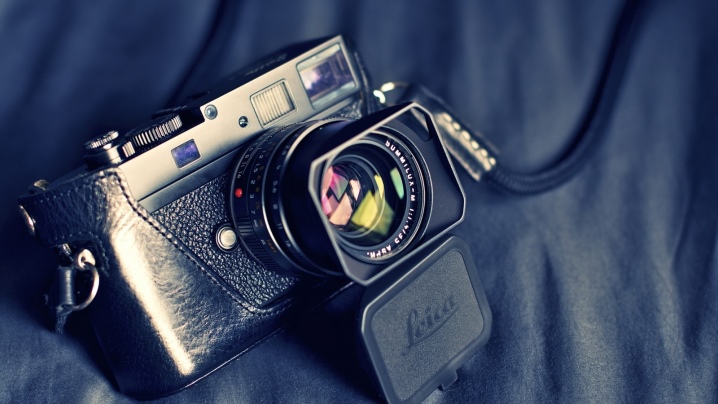
For an overview of Leica cameras, see the following video.













The comment was sent successfully.